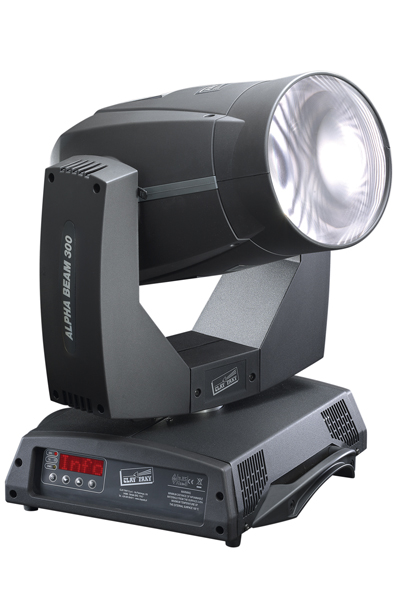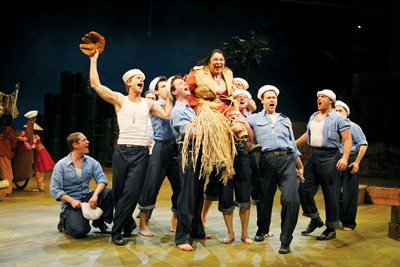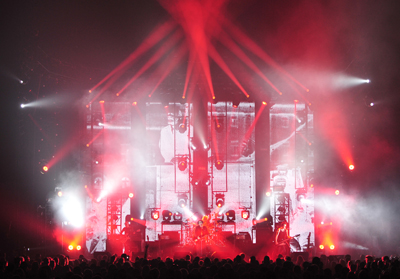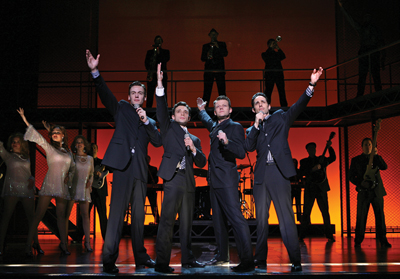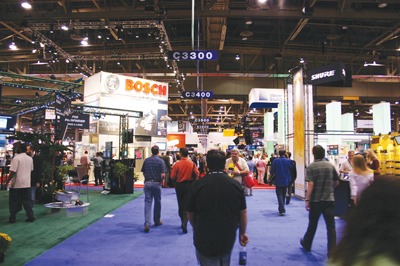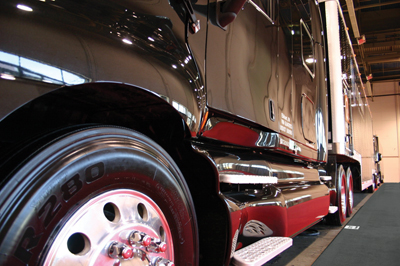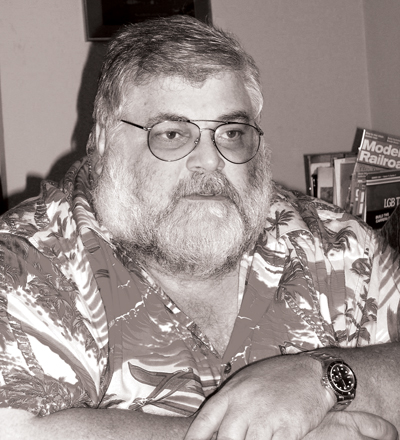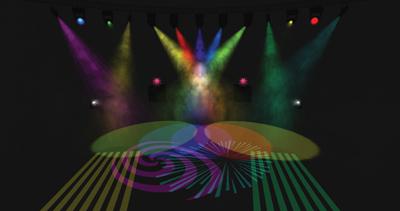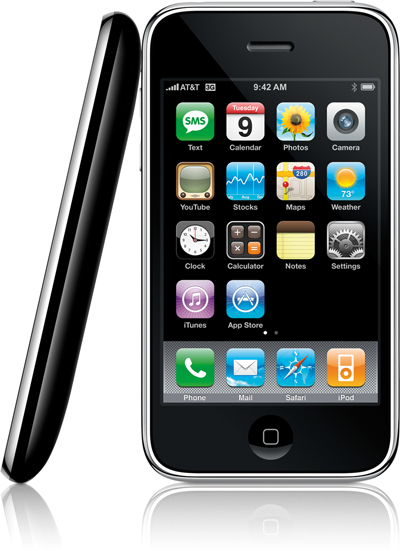Free Rigging Data Slide Rule Returns
SYRACUSE, NY — For the 20th year, J. R. Clancy is giving away free slide rules to rigging technology dealers and installers. The newly revised sixth edition of the Clancy Slide Rule is made to be easy-to-use, fit in a shirt pocket, and give riggers a way to quickly calculate ratios and measurements commonly used in rigging.

